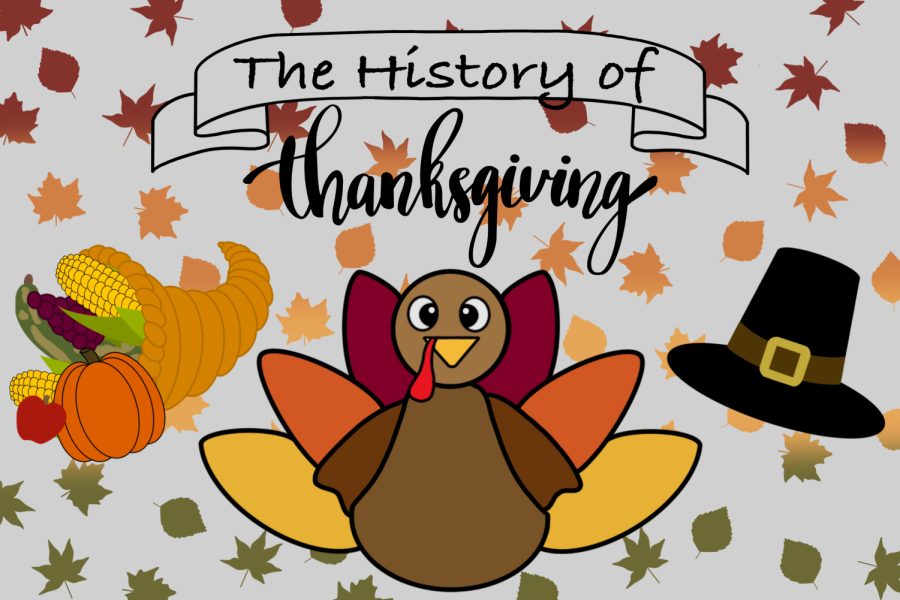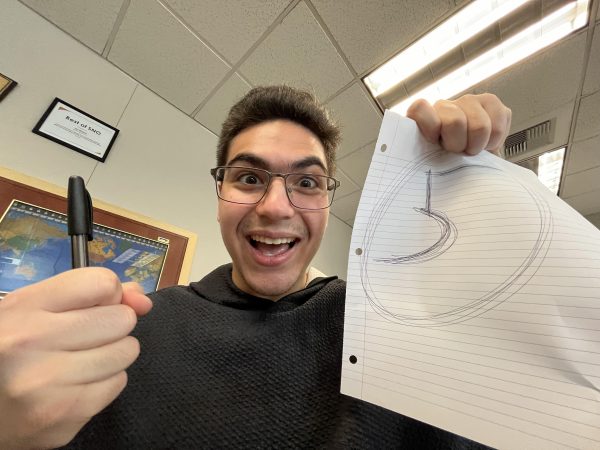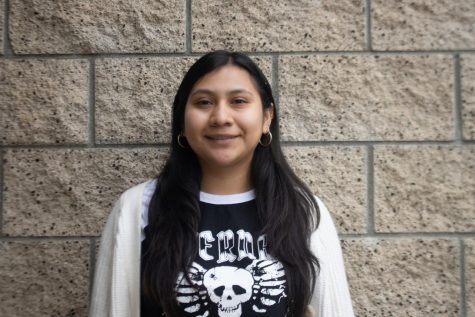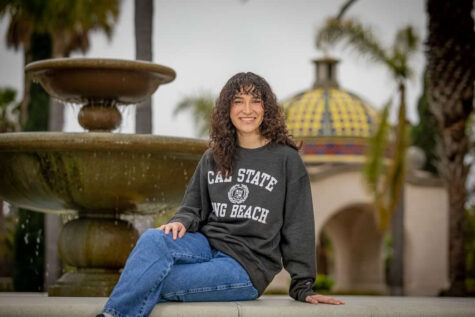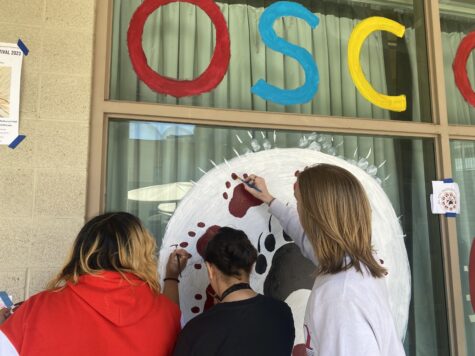History of Thanksgiving
Thanksgiving is celebrated nationwide and knowing the origin story of this popular holiday will help people have a deeper understanding of American history.
Photo by Julianne Martin
Since 1621, families have been celebrating gratitude on the fourth Thursday of November on what has become the national holiday called Thanksgiving. Every student learns about the holiday as commemorating the pilgrims of Plymouth, Mass. coming off the Mayflower and celebrating the harvest by enjoying a dinner with their Native American neighbors, but the story has so much more.
“A deeper history into how Thanksgiving came to be should be expressed in school curriculums because it would be interesting and it is a big part of American History. Thanksgiving has a great meaning behind it and we should go deeper,” Brianna Jordan (10) said.
In order to celebrate a successful corn harvest, the colonists or pilgrims gathered with their Native American allies for a dinner, marking it the first Thanksgiving. No known record exists of the first Thanksgiving’s exact menu, though historians have gathered from limited first hand accounts that the festive dinner may have included lobster, seal, and swan and were likely prepared using Native American spices and methods.
“I believe that we should have a deeper history into Thanksgiving. In elementary you are told that the colonizers and Indians exchanged recipes and ways to live in America. Thanksgiving is a big part of American history and we should know more about it,” Lizzy Graham (10) said.
A second Thanksgiving was held in 1623 to mark the end of a long drought and many other English colonies began to follow this celebration. During the American Revolution, the Continental Congress designated certain days of the year to give thanks. In 1789 George Washington issued the first Thanksgiving proclamation, calling upon Americans to express gratitude for the conclusion of the country’s war and the ratification of the Constitution.
In 1817, New York became one of several states to officially adopt the annual holiday. Each state that adopted it celebrated the holiday on different days. Later, in 1827, author and magazine editor, Sarah Josepha Hale launched a campaign to make Thanksgiving a national holiday. For 36 years, she wrote editorials, and sent letters to political figures asking them to make Thanksgiving a national holiday, earning the nickname, Mother of Thanksgiving.
“I think that Thanksgiving should have become a national holiday sooner, because of the importance and history. I am not sure why it wasn’t one sooner but it might not have been as wide spread and known through all the states,” Melina Eftekhari (10) said.
Abraham Lincoln finally fulfilled the request in 1863, making Thanksgiving an official national holiday on the last Thursday in November. It was celebrated every year until 1939, when Franklin D. Roosevelt tried to move Thanksgiving up a week in an attempt to spur retail sales during the Great Depression. This plan was met with strong opposition, and in 1941, Roosevelt signed a bill making the holiday the fourth Thursday of November.

(She/her) Samantha Wong is a senior and has returned for her fourth year in journalism. In her free time, Samantha enjoys reading, sewing, drawing, and...

Julianne Martin is a sophomore at Mission Hills High School. This is her first year on The Silvertip, although she wrote for her middle school and elementary...

